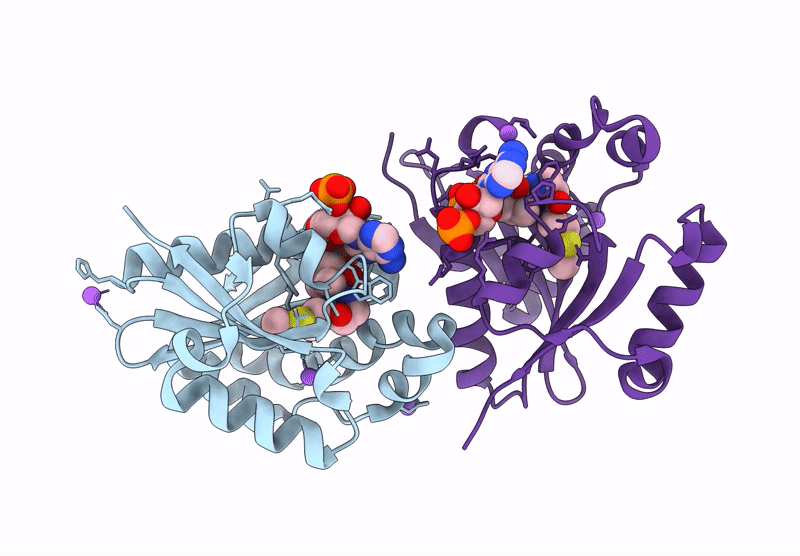
Deposition Date
2024-07-20
Release Date
2025-05-28
Last Version Date
2025-05-28
Entry Detail
PDB ID:
9CR5
Keywords:
Title:
Crystal structure of GNAT superfamily acetyltransferase PA2271 from Pseudomonas aeruginosa
Biological Source:
Source Organism:
Pseudomonas aeruginosa (Taxon ID: 287)
Host Organism:
Method Details:
Experimental Method:
Resolution:
1.56 Å
R-Value Free:
0.20
R-Value Work:
0.16
R-Value Observed:
0.16
Space Group:
C 2 2 21


